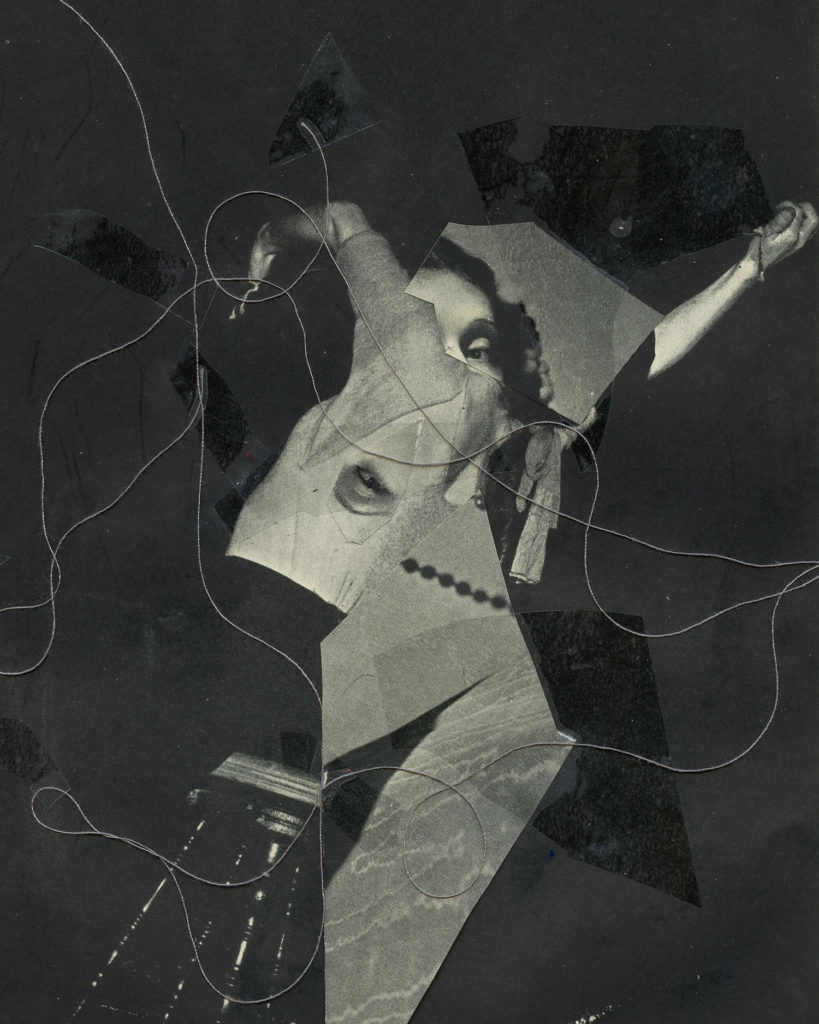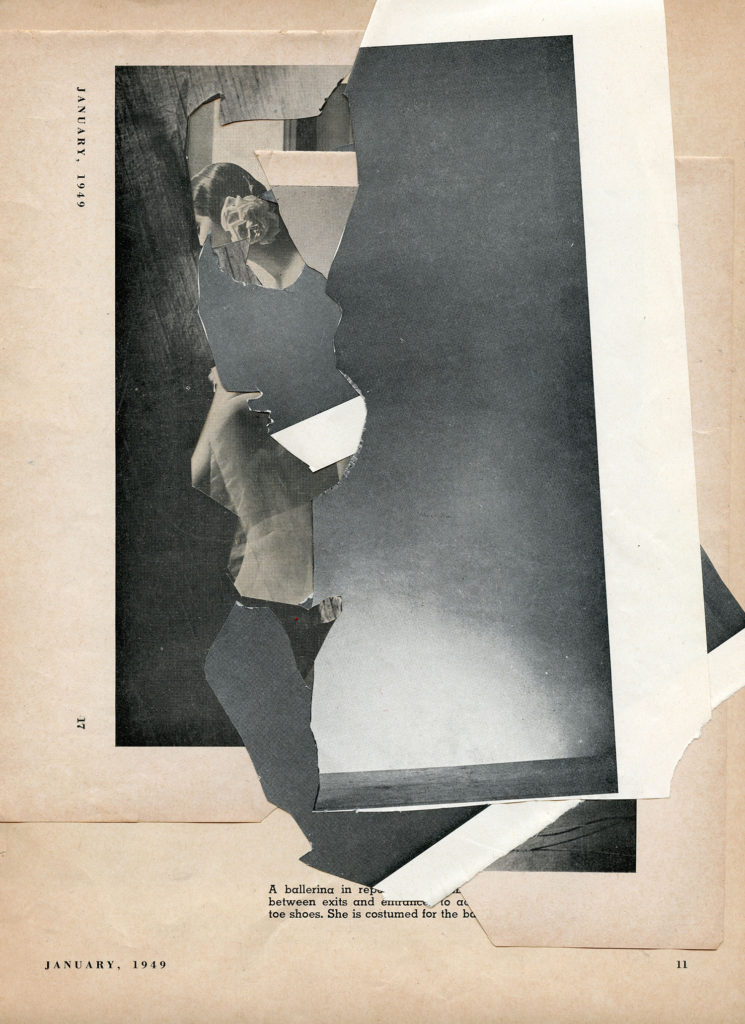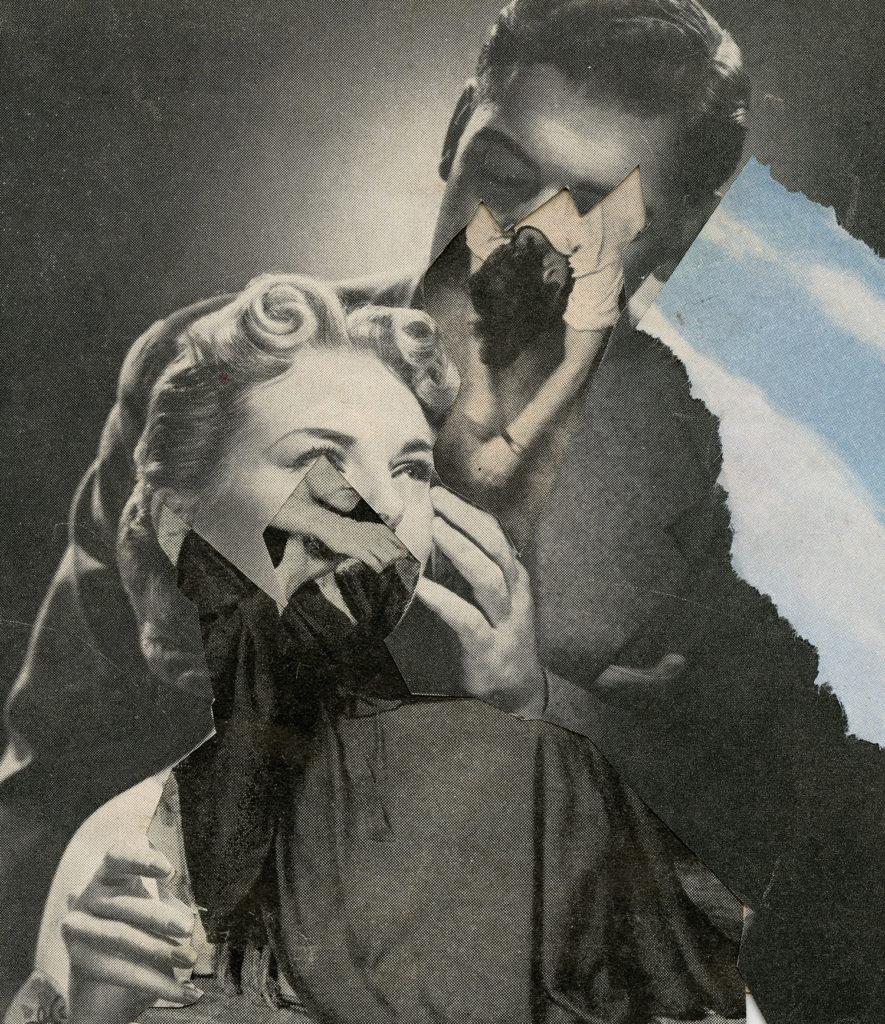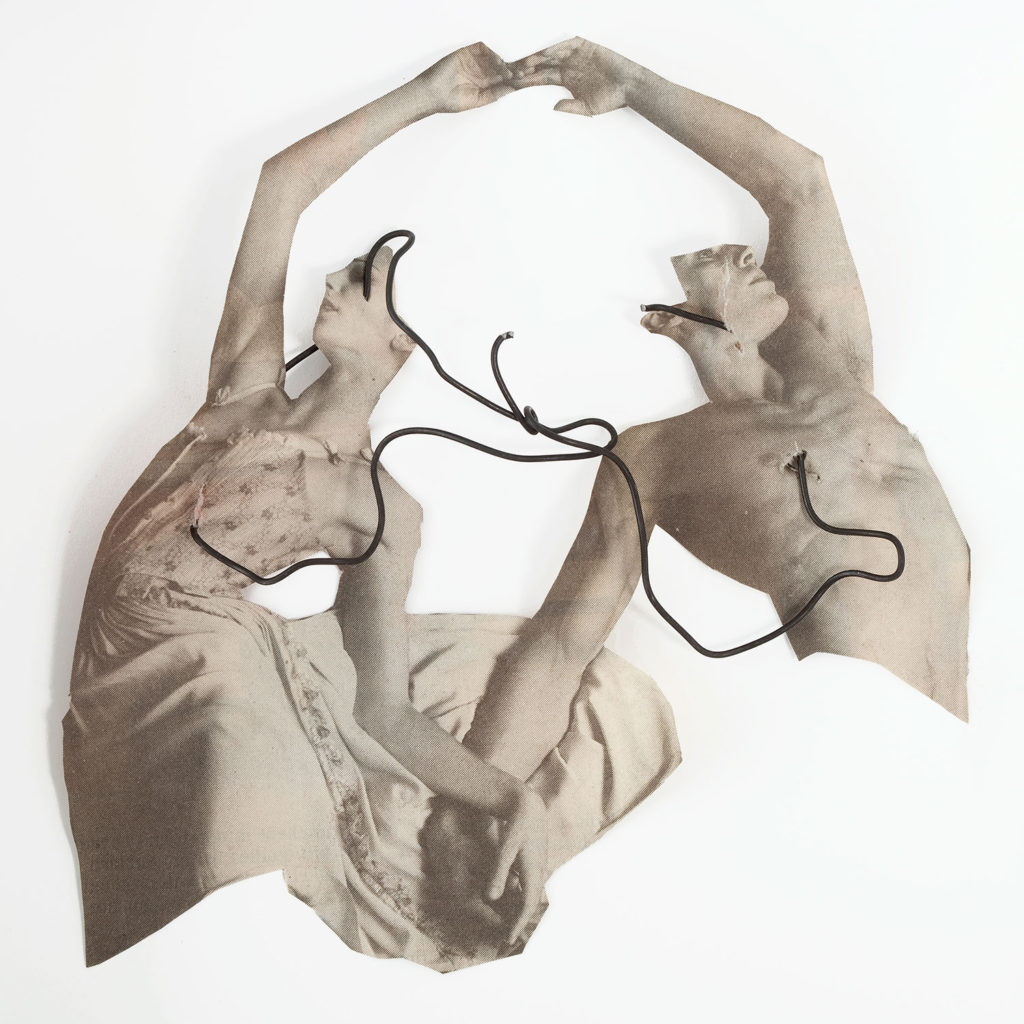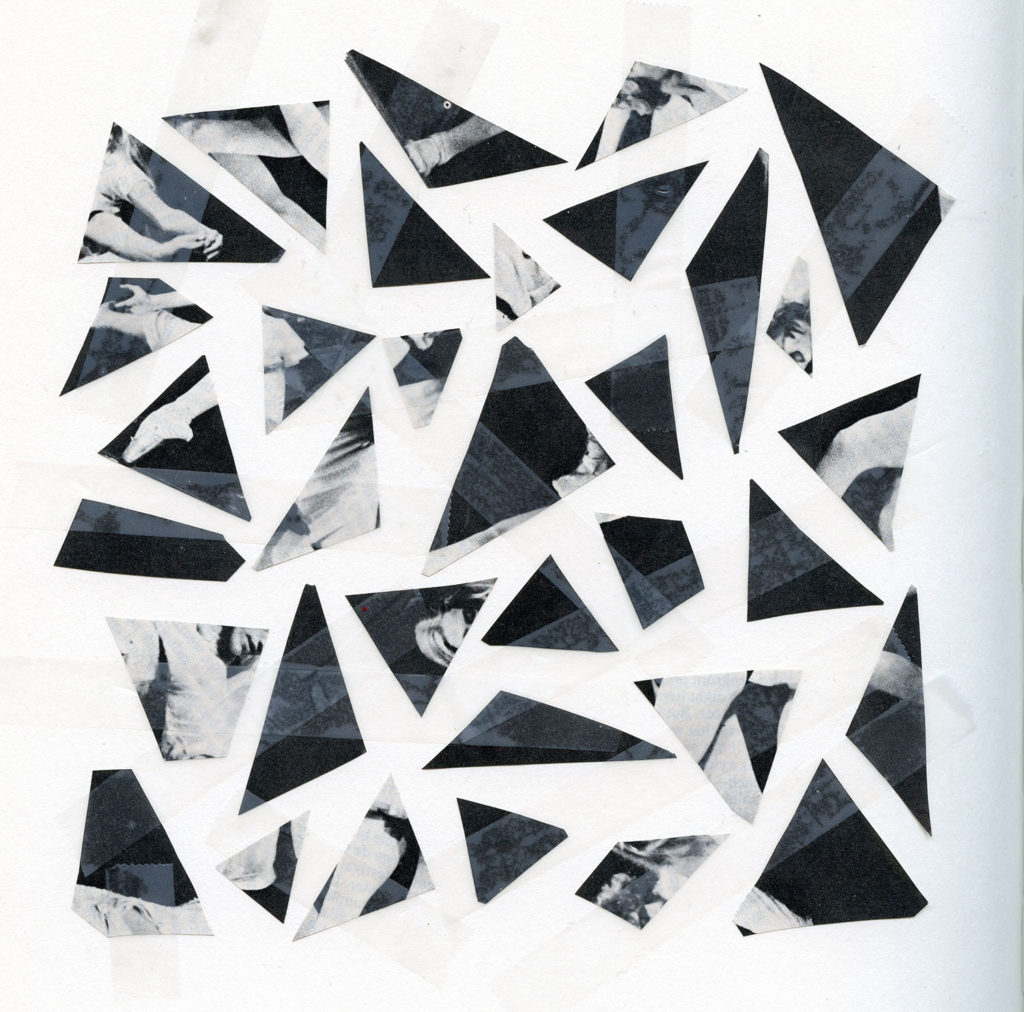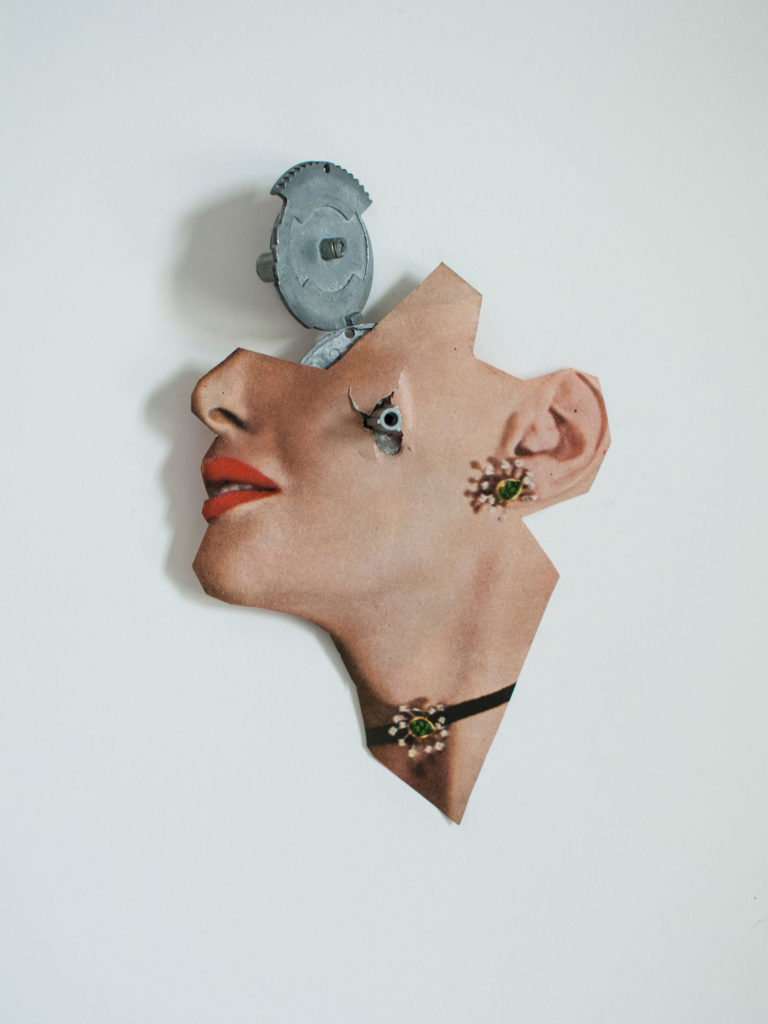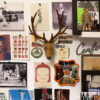TWS– Hi Najeebah, please tell us something about yourself?
NAG– Hello, My name is Najeebah Al-Ghadban. I am a designer and collage-artist from Kuwait currently living in New York City. I graduated with an MFA from the School of Visual Arts and am currently a designer at the New York Times Magazine Labs. On the night shift I explore my love of paper, from reading, writing, to cutting and arranging.
TWS– You were born in Kuwait and studied in New York. What of both world have helped to develop your identity as an artist?
NAG– I was born in Kuwait right after the first gulf war in 1991, and at a point in time where the country was slowly being introduced to a lot of Western culture. I went to an American School so most of my education combined studying Arabic literature with English, Sciences, World Histories, and art. Pretty quickly, I fell in love with mythology, history, and literature. It made me curious about human nature and the way there are universal archetypes that have shaped the world despite differences in language and geography.
It was not a huge culture shock when I moved to New York. In Kuwait, I was exposed to and consumed a lot of western art and music. In New York, I met many people from all over the world and the country as well. There is something there about being a third-culture kid that pushed me to further expand and study the way connection works between people whether it’s through language, emotions, or relationships. The city itself is so full of art and has it’s own heartbeat that I had never experienced before. But there was a huge element of isolation for me being separated from my entire family, living alone. The city raised me into the person I am today, and allowed me to explore a sense of independence and my own voice in a more visually assertive way than I had known before.
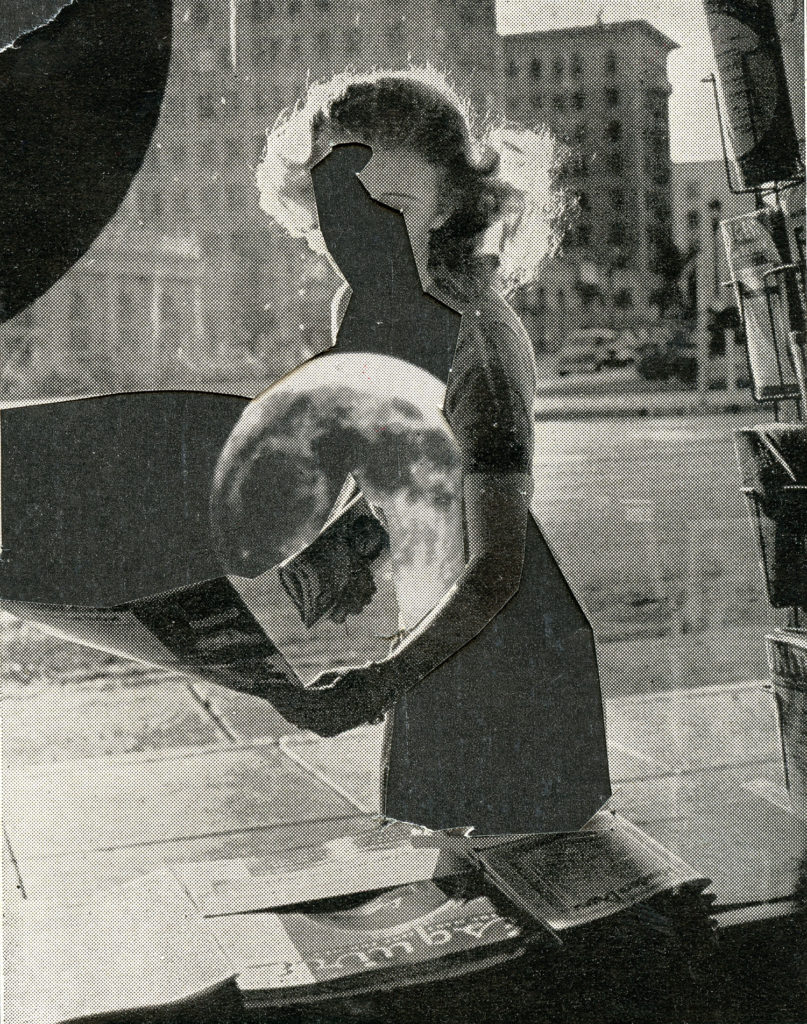
TWS– There’s a layer of nostalgia that I can find all over your artworks. Is this something that you want to pursue? Or does this nostalgia operates in a subconscious level?
NAG– I think nostalgia might be more subconscious in my work as far as I’m aware. Mostly I create from an emotional standpoint, especially in my personal work. In the beginning my collages were a series of assemblage—combing cut paper (always a figure) with string or wire, nails/screws, any mechanical objects I found around the house to somehow contrast against the vulnerability of the material. The light and shadows that came to play from those paper sculptures were sometimes the catalyst to unlocking that emotion just as much as a rip here or a hole there.
TWS– There’s something in your work about the linearity of reading your collages. Thread is an element that you use quite often both to offer a primary reading path or doing the opposite and somehow saying that there’s no reading order. What are your thoughts about this? Can you please comment.
NAG– That’s an interesting point. I’m not quite sure I ever thought of how my work is read. Linear is interesting because I do find in my explorations I am following a path. Usually the introduction of thread or even wire, any line work, is to make physical a thought or emotion. When I create these pieces I usually operate from my gut. I try to get intricate but find myself leaning towards scarcity although I do think that the more complex the feeling is the more intricate it does become. It’s almost as thought I am meditating through the action until I feel I’ve emptied the cup from its water. I find the more harsh the emotion, the more simplified the line becomes. My intention for the way you read the thread is to pull you through the ebbs and flows of that feeling, almost like music. Usually using the body as an anchor to a central point (an eye, wrist, heart, throat—vulnerable places that can connect viscerally to a viewer).
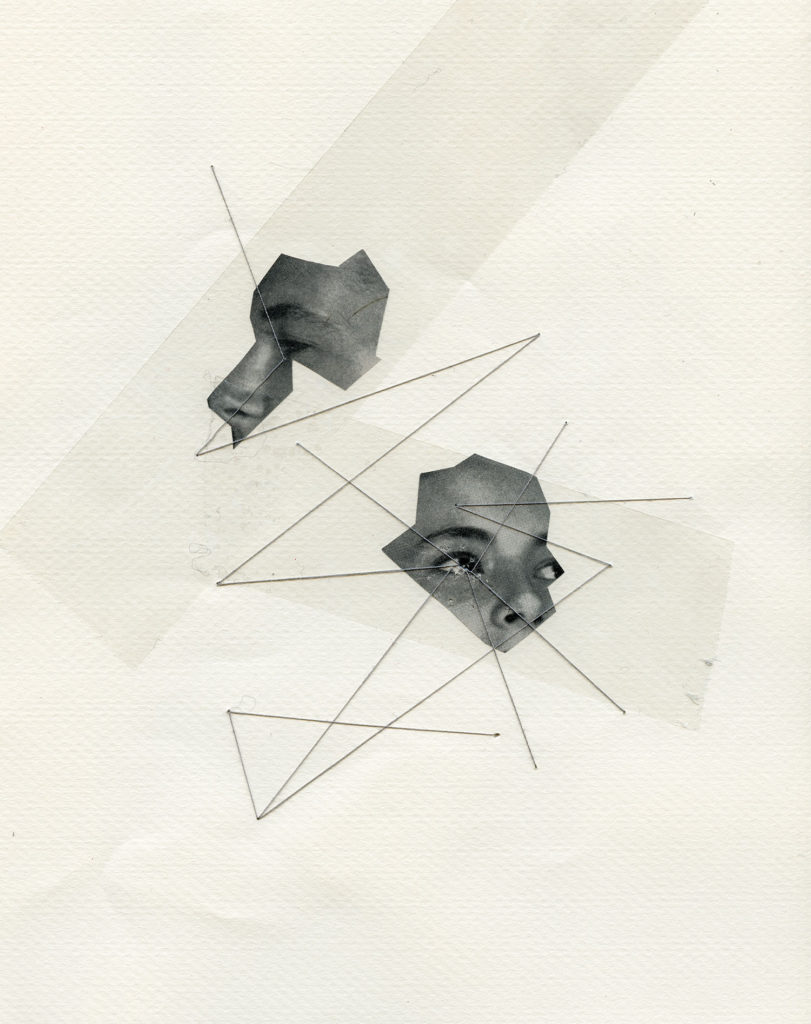
TWS– The body is also a theme that’s recurrent in your work. What is that attracts you to the body as central element of your work?
NAG– The work I love to create most is body-centric as I find that it is a vehicle for me to externalize or make visual my thoughts or internal conflicts. Communicating emotion can be incredibly difficult for me, so I find that sublimating those thoughts allow me to set them free but to also recognize and acknowledge what they are. In short these are conversations with myself or with other people. It’s easier to show the emotion through abstract image displacement. And the way I pull the body apart or even cut away parts of it allows me to either highlight what is missing or what’s present. I find that so many parts of it are symbolic and meaningful that it allows me to create that emotional narrative.
When there are two bodies or more introduced in a composition it can truly awaken the interplay of multiple narratives of thoughts and feelings. I’m very much drawn to theatrical or dance poses that can instill conflict or intimacy. I’m curious about how introducing an element or taking away parts of the image can unlock the dialogue between the figures.
Through the body I can communicate the self to itself, to another person, and/or to others.
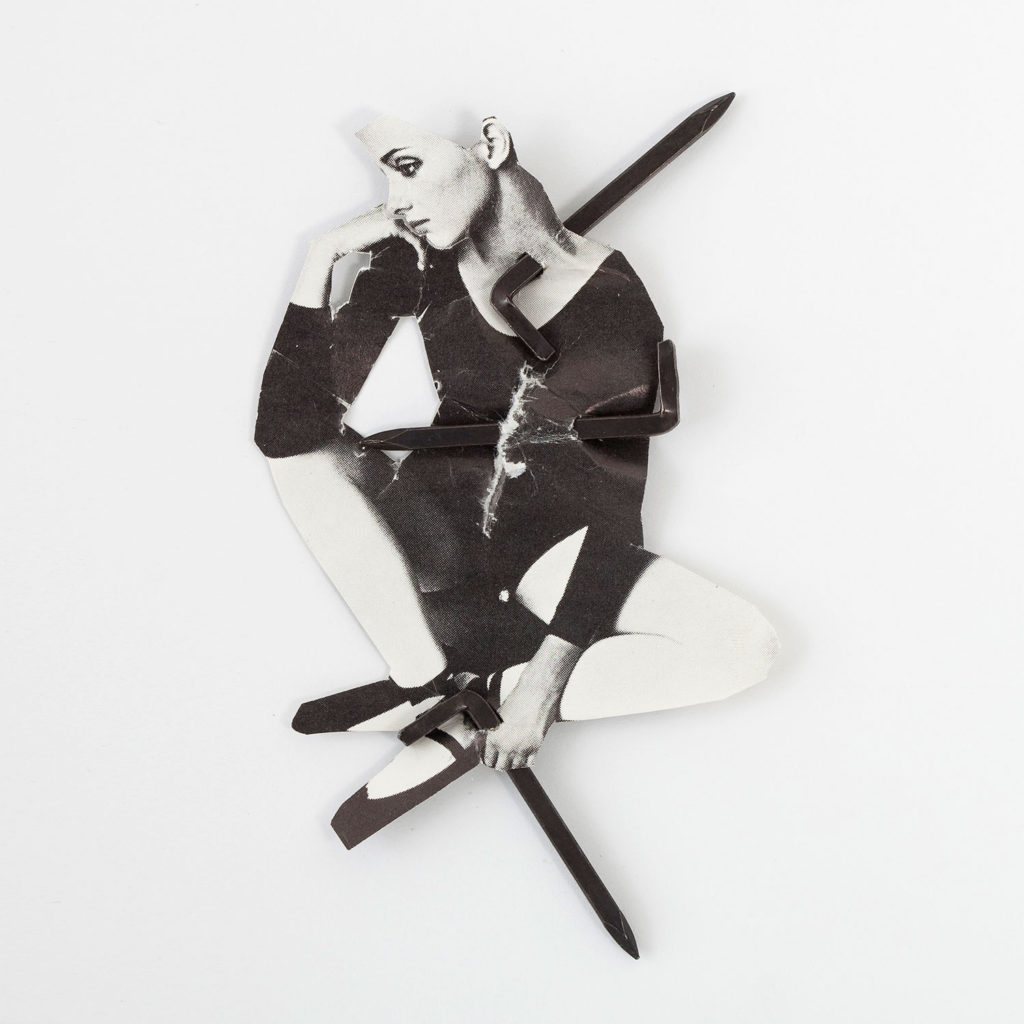
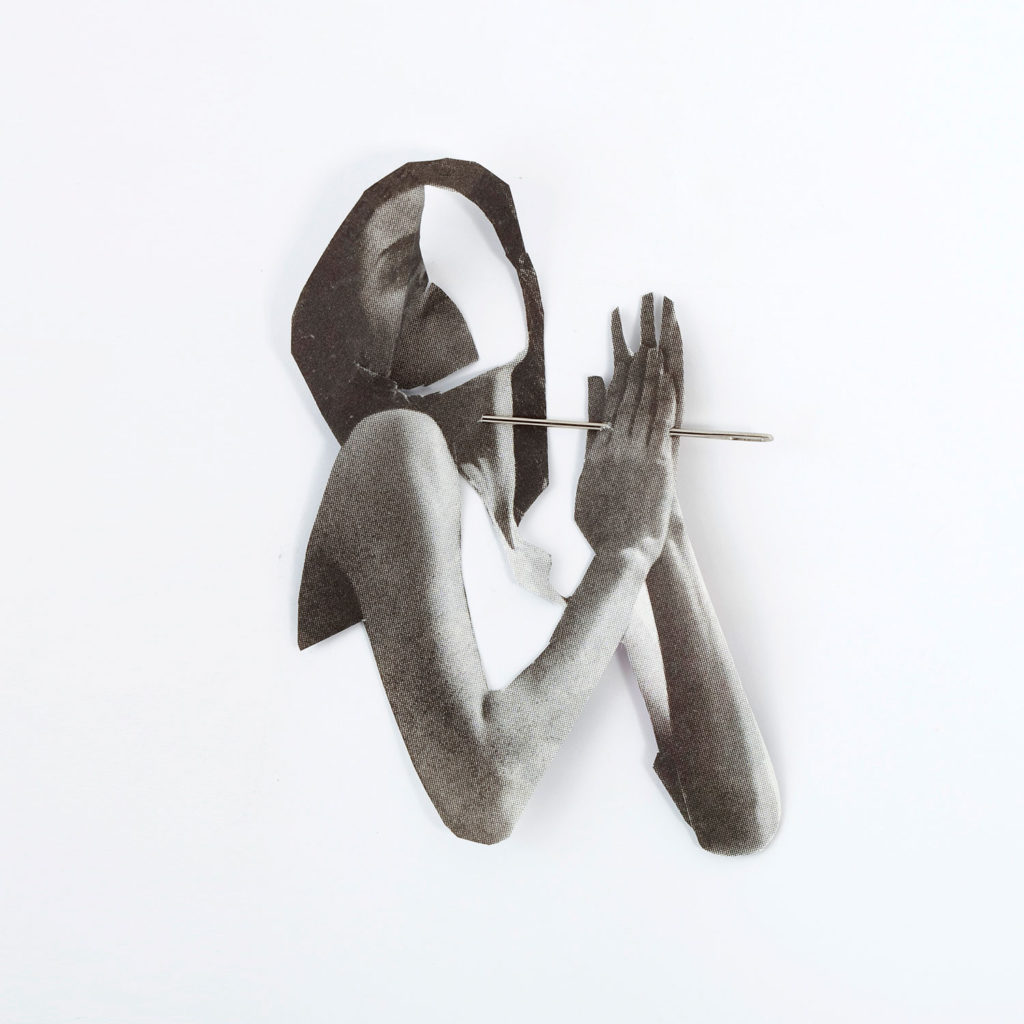
TWS– Being a designer and an artist, which is the work process that you adopt when working with your paper collage work? How does design influences your approach when making personal work?
NAG– I’ve always felt as though I’m split in two—the intellectual versus the emotional. I find that in my work this mirrors that. To me, design to be very much about logic and purpose, where as with collage it’s more about voice and feeling. So I try not to become too logical about how I image-make. I do think my design skill probably presents itself subconsciously when I play with shapes and thread. When I arrange compositions, looking for balance and contrast. But in terms of meaning, the more juxtaposition I can create in the visual content, the more interesting. The best juxtaposition is the most unusual and nonsensical.
TWS– How do you choose the images you work with? Are you a rabid paper collector?
NAG– I work a lot with vintage magazines, I particularly love old photo magazines, theater, and dance magazines. There’s something about a beautiful portrait, or dramatic pose or the line work of intertwined bodies that inspire me to create. I guess there is a pull for me towards photography that captures this sort of human intimacy and distills it to a scene or moment.
At the start, I worked with more whatever I could find, from newspapers to catalogs.
I don’t collect as much paper as I want to, I don’t have a huge studio space so I tend to operate with small bunches at a time.
TWS– Which is your definition of collage?
NAG– I think collage is contrast—the meeting between absence and presence.
